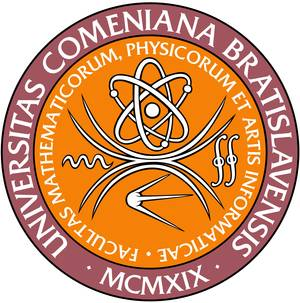Assessing the self-cleaning capability of a coplanar barrier discharge with different barrier surface coatings and electrode geometries
Szalay Zs., Ráheľ J., Machala Z., Hensel K.
Acta Univ. Carolin. Math. Phys. 53 (2), 69-77 (2012)
download
|
|
Abstract: This paper presents our measurements of the electron density in a streamer-to-spark transition discharge, which is named transient spark (TS), in atmospheric pressure air. Despite the dc
applied voltage, TS has a pulsed character with short (∼10–100 ns) high current (>1 A) pulses, with a repetition frequency on the order of kHz. The electron density n_e ∼ 10^17 cm−3 at maximum is reached in TS with repetition frequencies below ∼3 kHz, using relatively low
power delivered to the plasma (0.2–3 W).
The temporal evolution of n_e was estimated from the resistance of the plasma discharge, which was obtained by a detailed analysis of the electric circuit representing the TS and the
discharge diameter measurements using a fast intensified charge-coupled device (iCCD) camera. This estimate was compared with n e calculated from the measured Stark broadening of several atomic lines: Hα , N at 746 nm, and O triplet at 777 nm. Good agreement was
obtained, although the method based on the plasma resistance is sensitive to an accurate determination of the discharge diameter. We have found that this method is also limited for strongly ionized plasmas. On the other hand, a lower n_e detection limit can be obtained by this
method than from the Stark broadening of atomic lines.
|

